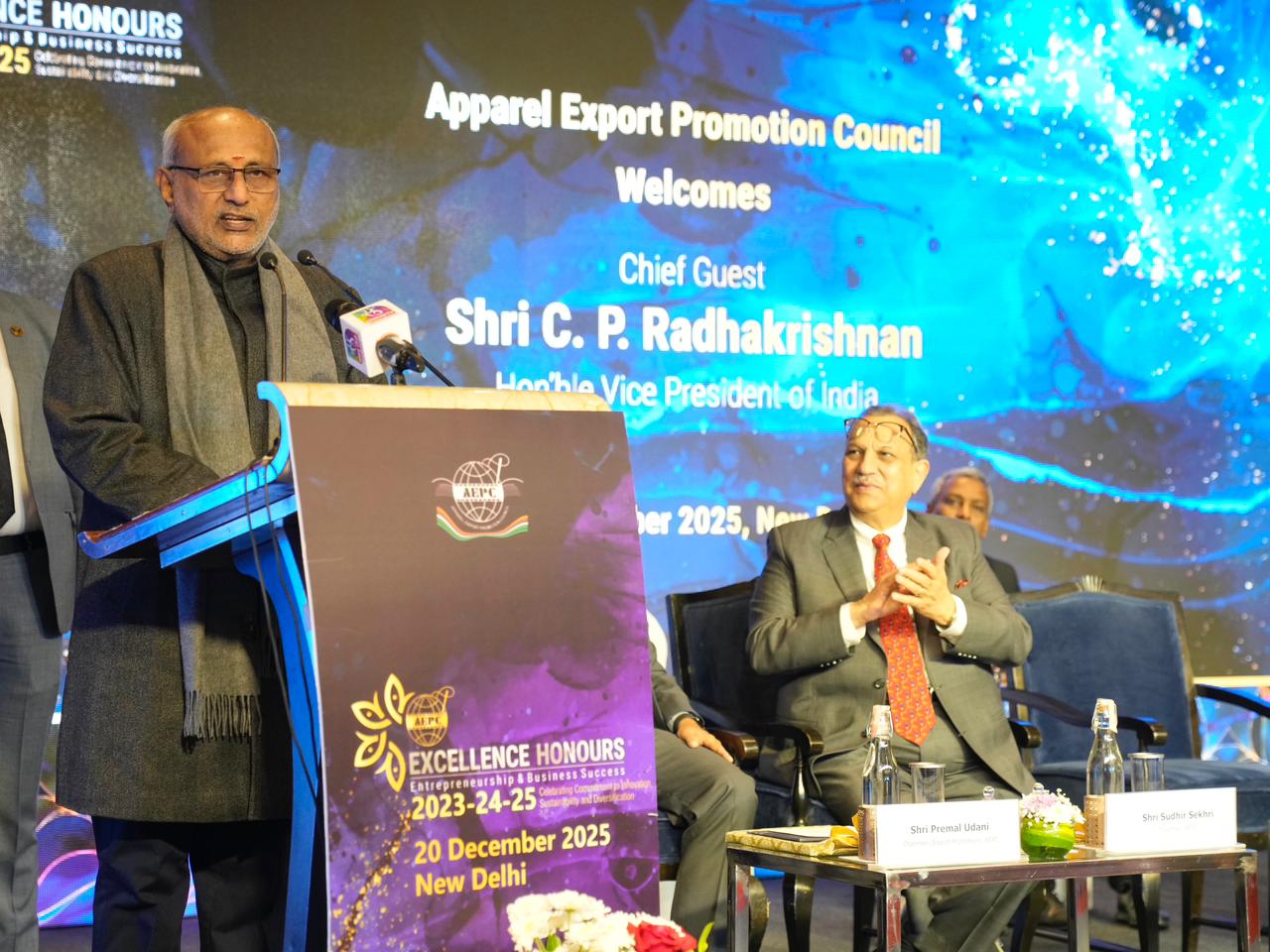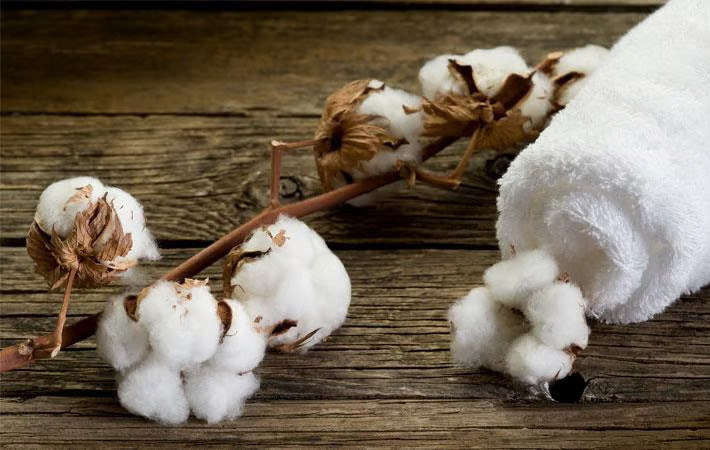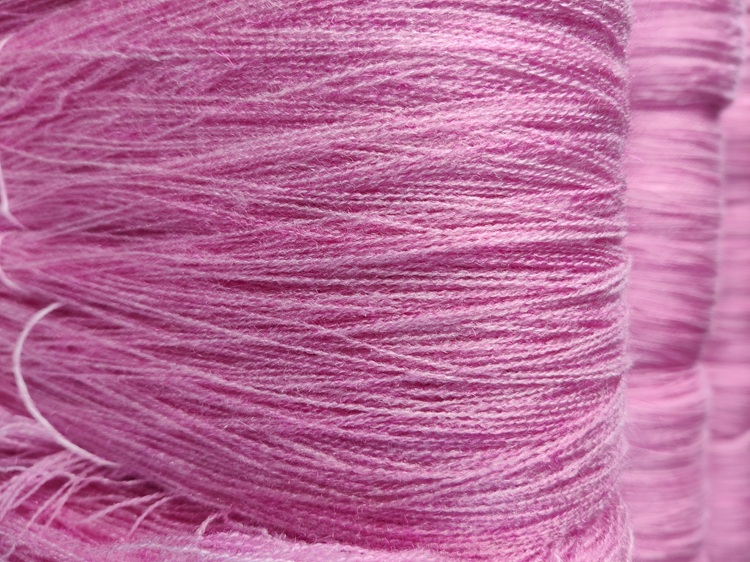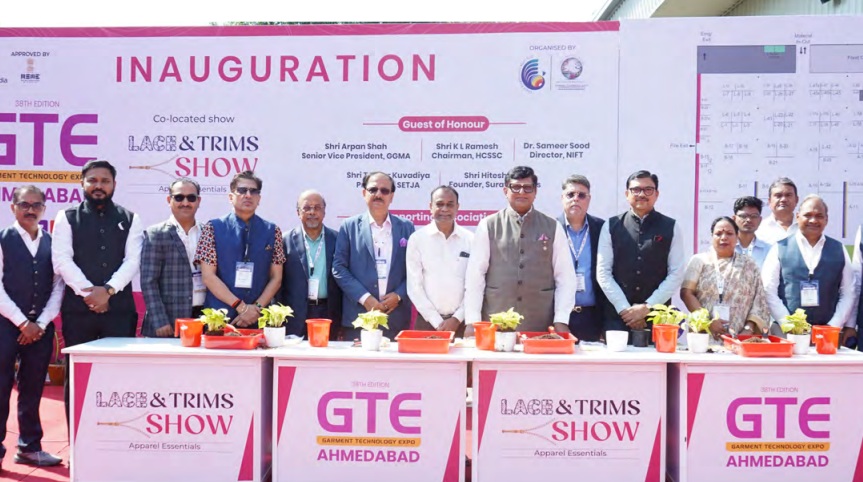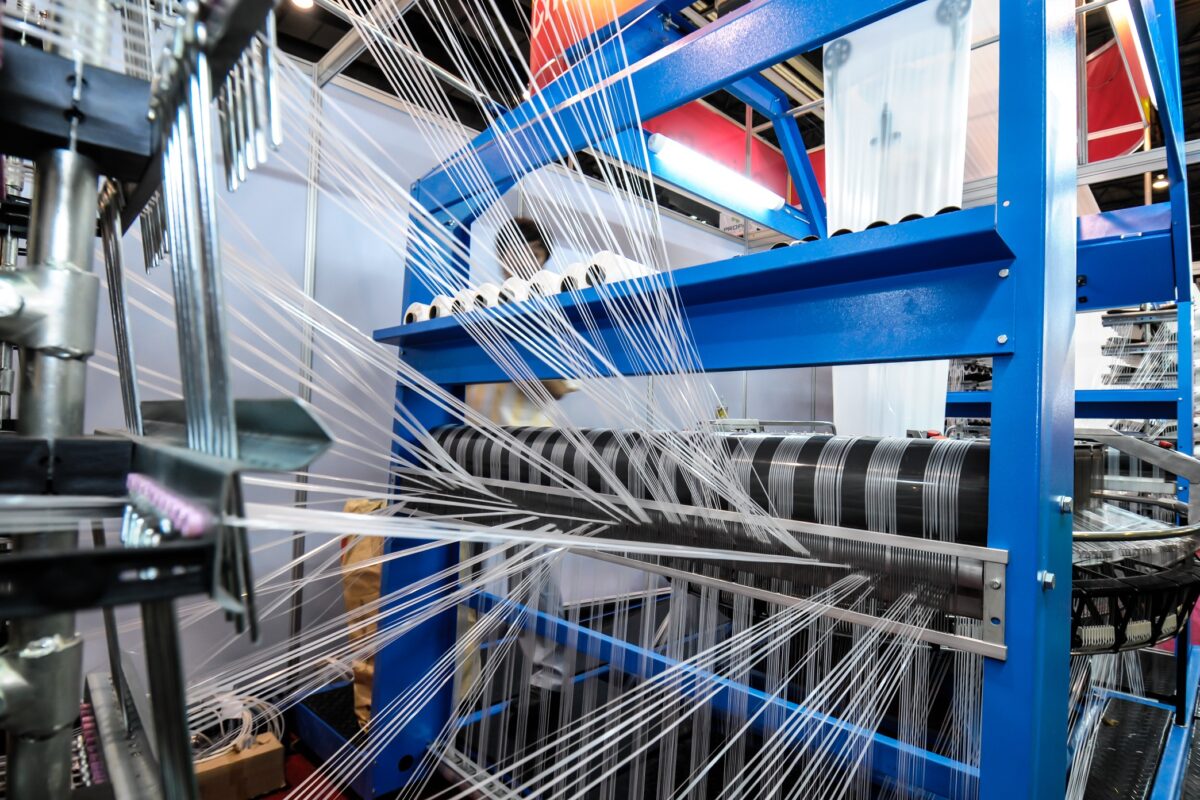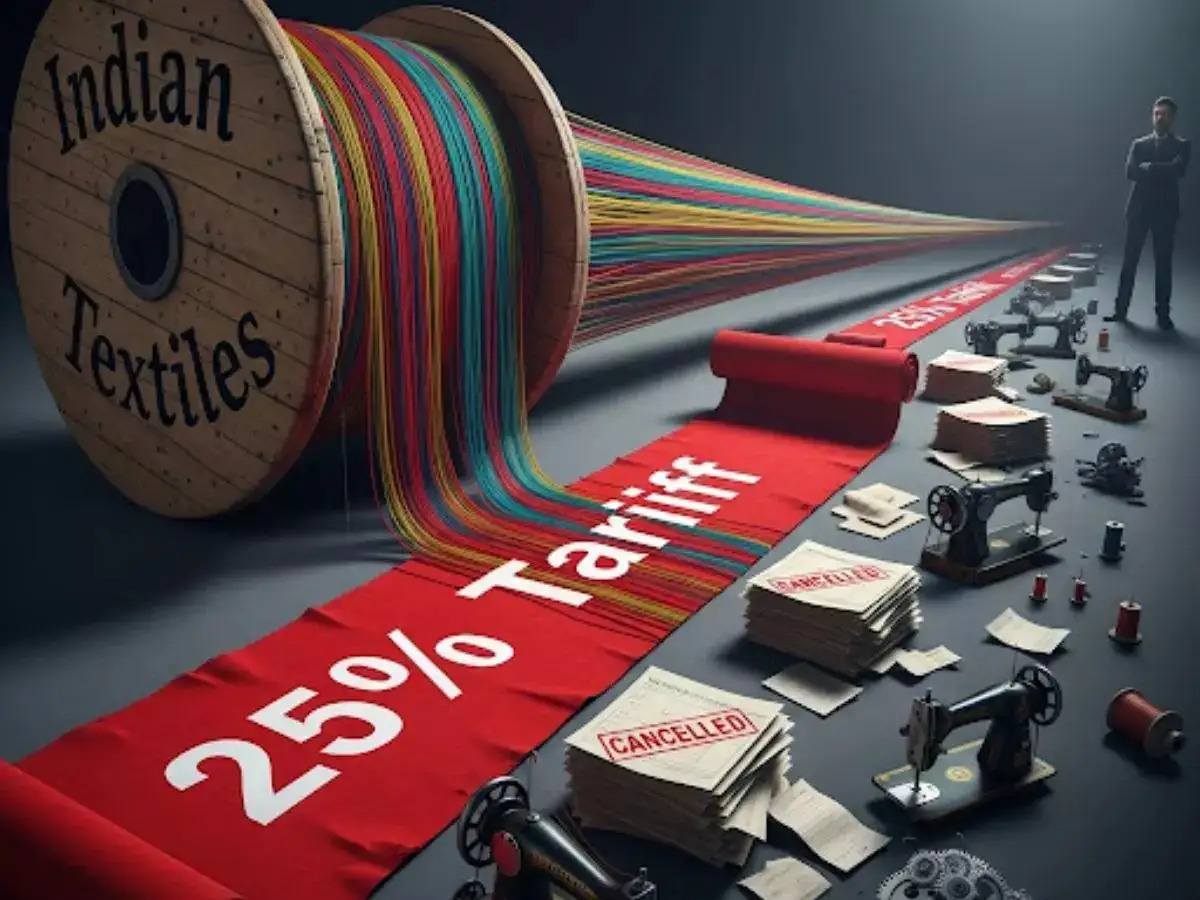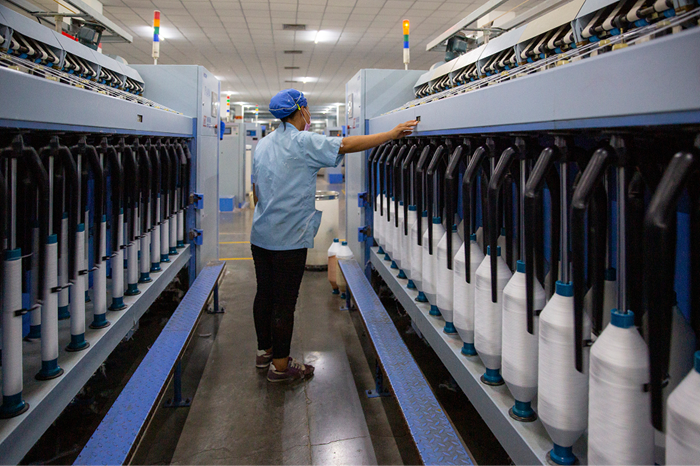FW
"To keep the growth wheels moving, countries need to rethink their strategies. And Cambodia is no different. After graduating from the Least Developed Country status in July 2016, Cambodia’s economy has remained healthy with a GDP growth of 6.9 per cent in 2017. Growth was driven by the recovering tourism sector, the ongoing construction boom and the gradual emergence of non-textile exports. Stats point reveal during the first 10 months of 2017, Cambodia received 4.3 million international tourists, which is up 10.4 per cent compared with the same period in 2016."
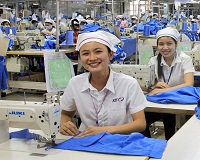
To keep the growth wheels moving, countries need to rethink their strategies. And Cambodia is no different. After graduating from the Least Developed Country status in July 2016, Cambodia’s economy has remained healthy with a GDP growth of 6.9 per cent in 2017. Growth was driven by the recovering tourism sector, the ongoing construction boom and the gradual emergence of non-textile exports. Stats point reveal during the first 10 months of 2017, Cambodia received 4.3 million international tourists, which is up 10.4 per cent compared with the same period in 2016. This was partly due to newly-established direct regional flights as well as government initiatives to boost arrivals.
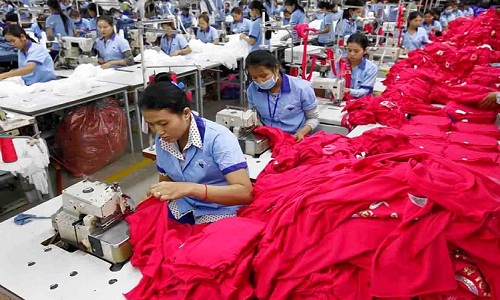
The construction sector has kept the momentum going with investment during the first 10 months of the year reaching $6.26 billion, a 27 per cent increase over the same period in 2016. This was followed by exports of machinery and auto parts. The number of factories dedicated to electrical machinery and auto parts increased from 46 in 2012 (5.1 per cent of manufacturing) to 121 in 2017 (7.1 per cent of manufacturing).
Decelerating growth in textile
On the contrary, growth in clothing and other textile exports decelerated to 5.4 per cent in the first half of 2017, compared with the 8.4 per cent growth rate in 2016. Textile exports have also eased in volume terms to a growth rate of 3.6 per cent in 2017, which is down from 2016’s figure of 12.3 per cent. The slowdown is result of a decrease in productivity, an increasingly competitive global market, the high cost of transportation and energy as well as rising labour costs. The minimum wage for the garment and footwear sector is $153 a month and will increase to $170 a month in 2018. This will make the minimum wage in Cambodia higher than that of other countries with large garment industries such as Bangladesh and Myanmar.
Competitiveness ranking
The 2017 Global Competitiveness Report ranks Cambodia as one of the least competitive countries in Asean. Hampered by a poorly educated workforce, inefficient institutions, lack of infrastructure and low levels of business sophistication and innovation, Cambodia ranked 94 out of 137 economies – falling from 89 in the previous year’s report. The degrowth happened due to its reliance on sectors such as garments, rice, tourism and construction. The country has a narrow export base with garments accounting for almost 70 per cent of total exports having US and European markets as its major importers. Besides two cities: Siem Reap and the capital Phnom Penh, the country doesn’t have many tourist attractions as well.
In order to enhance competitiveness, Cambodia needs to diversify and upgrade its economy. In addition to garments, Cambodia also produces other goods with great export potential such as pulp paper, machinery, bicycles, plywood, maize, vegetables, sands, sugar and palm oil. These emerging products are currently exported in small quantities but will soon become more competitive and provide opportunities for future growth and diversification. Similarly, Cambodia can channel investment into developing additional potential tourism destinations such as the coastal areas of the southwest and the mountainous northeast provinces. It also possesses scope for eco-tourism, which can turn to be a big plus.
Building on strengths
Cambodia needs to move to higher value-added production and climb the global value chain by way of improvements in infrastructure, human capital and governance. There needs to be a lot of thrust on improving the quality of road, air and sea transport infrastructure and to cut the cost of electricity, which is among the highest in Asean. In order to build on its people power, the country needs to emphasise on sound education system. It also needs to enhance the quality of learning and increase the educational attainment of its workforce. Education reforms should focus on improving accreditation and quality assurance mechanisms, introducing incentives to prioritise science- and mathematics-based subjects and research, providing market-relevant technical and vocational training and encouraging the teaching of workplace soft skills such as communication, problem solving and teamwork. Not only this, the regulatory framework for doing business in Cambodia also needs to be strengthened.
With regards to all these, the government has taken initiatives to make business easier by simplifying company name checks, streamlining tax registration and eliminating the requirement to publish the new company’s incorporation in the official gazette. It also needs to take steps in order to reduce corruption, strengthen policy stability and cut logistical costs, stated Pheakdey Heng, founder and chairman, Enrich Institute.
There is good demand for Indian cotton. Around 40 lakh bales of cotton have been exported from the country so far and another 15 or 20 lakh bales are expected to be exported by the end of this season. Around 14 lakh bales have been exported to Bangladesh so far, nine lakh bales to Pakistan and the remaining to Turkey, Vietnam and Indonesia.
China may import some 10 lakh bales this season. China has not been importing cotton for the last two or three years and has been using its buffer stock of some one crore bales and may soon tap overseas markets for some 20 or 25 lakh bales in the next seven or eight months.
Exports from India this year have received a fillip thanks to the rupee depreciation. In addition to exports, the country has also imported around ten lakh bales so far and there is the possibility of imports touching 35 or 40 lakh bales. The main reason for the imports is the pink bollworm infestation. In accordance with the advice of scientists, farmers in several areas, particularly in Maharashtra and Telangana, have uprooted their cotton crop without waiting for further pickings.
Crop estimates for the ongoing season have been lowered by eight lakh bales.
Royalties paid to Monsanto by domestic companies may be cut by 20 per cent. India also plans to cut prices of genetically modified (GM) cotton seeds to help farmers whose fields have been ravaged by pest attacks.
US-based Monsanto, is the world’s biggest seed maker and had threatened to leave India in 2016 when the government cut its royalties by more than 70 per cent. Farmers buy GM cotton seeds from Indian seed makers who pay to use Monsanto’s proprietary technology to produce them. More than 90 per cent of India’s cotton crop is genetically modified.
In 2017-18 India’s cotton output is set to rise 9.3 per cent but won't be the record high predicted by industry analysts because bollworm caused damage in some regions. India approved the first GM cotton seed trait in 2003, and an upgraded variety in 2006, helping transform the country into the world’s top producer and the second-largest exporter of the fiber.
Monsanto has been at loggerheads with seed firms and with authorities in India over how much it can charge for its GM cotton seeds, costing it tens of millions of dollars in lost revenue a year. Monsanto says some companies in India owe it millions in royalty payments.
Coats is the thread supplier for the Royal Shakespeare Company. The three-year partnership will provide the RSC with a regular supply of Coats threads. These are already used by RSC staff in costume making and millinery and Coats will also collaborate on design innovations where its expertise in threads, yarns and fabrics brings new opportunities to explore for costume design.
Each year RSC uses over 1,70,000 meters of thread on costumes made from the finest chiffon to the toughest leather. Coats threads are seen as strong, durable, high quality capable of withstanding everything from washing to dry cleaning, dyeing to distressing.
A RSC costume can be on stage for well over 100 performances, so it needs to be made to withstand the rigors of the stage. As well as being worn by some of the greatest names in British theatre, many of the costumes made for RSC productions have been hired out and used for countless TV programs and movies including Shakespeare in Love, Braveheart and Gladiator.
As well as the plays of Shakespeare and his contemporaries, RSC produces new work from living artists and also has an extensive education program.
Coats is the world’s leading industrial thread manufacturer.
Yarn Expo will be held in Shanghai from March 14 to 16, 2018. Around 435 exhibitors from China, Hong Kong, India, Indonesia, Korea, Pakistan, Singapore, Thailand, Uzbekistan and Vietnam will display the full spectrum of quality and innovative yarn and fiber products.
Suppliers from Hong Kong, Korea, Singapore, Thailand, Vietnam as well as leading Chinese companies will showcase their innovative products such as fancy, metallic and stretch yarns. An enlarged Fancy Yarn Zone will feature a number of well-known domestic enterprises with the latest innovations.
HJ Lite from Korea produces retro reflective yarn for weaving, knitting, sewing and more. Rather than applying reflective tape on safety wear, for example, manufacturers can apply this yarn into their fabric. During the day, the reflective yarn appears as a decoration, and at night reflects light as a safety function.
Kongkiat Textile from Thailand specialises in melange and fancy yarns. Products are 100 per cent organic and produced in an eco-friendly production process where nearly all waste water is reused. PT Daliatex Kusuma from Indonesia will showcase MVS viscose, PV, polyester, nylon mono and mono multi filaments at the fair. The company’s mono multifilaments are superior to others on the market due to the fact they are easier to warp.
Exports of Italian textiles to non-EU countries in 2017 were up by 1.8 per cent. The greatest contribution to growth was made by the domestic market, mostly involving production destined for subsequent export.
Exports of Italian textiles to China and Hong Kong grew by 12 per cent over the first ten months of 2017. Exports to the US were up, as were those to Spain while those to the UK and Germany were flat and exports to France and Romania fell.
In the January-October period, exports of knits were up by 2.4 per cent after two years of negative results. Over the same time span, exports of combed wool fabrics were up by 5.5 per cent while exports of worsted wool fabrics fell by 4.5 per cent. Cotton, which was up after the first two quarters by 1.2 per cent, instead closed out the ten month period with a loss of 0.9 per cent. Linen was also down by 5.3 per cent and pure silk dropped by 9.2 per cent. Silk fabrics of chemical composition were instead up by 5.5 per cent.
The trade surplus for the sector was up by 0.4 per cent compared to 2016. The surplus of the textile sector accounts for 25.4 per cent of the trade balance of the overall fashion-textile production chain although textiles account for only 15 per cent of total sales.
Thousands of jobs have been created by small and medium jute mills. Jute production has increased from 65 lakh bales in 2014 to 70 lakh bales last year. A rule has made jute use mandatory in goods packaging. More than 100 crore sacks were additionally produced due to the rule and entrepreneurs expanded their export base by increasing the types of jute goods from 135 last year to 240 this year. There is a 20 per cent subsidy for diversification.
Jute is seen as a substitute for harmful polythene. Soon Bangladesh will recognise jute goods as a product of the processed industry. This will help exporters avail of the incentives on exports like other agro-processed goods.
As of now foreign experts are running the textile and jute sectors and a lot of foreign currency is spent on them. The country hopes to avoid this by training a skilled workforce. High-value papers such as that for cheques, stamps and currency notes can be made with jute. Car brands like BMW, Audi, Mercedes-Benz, Renault, Chrysler, Mitsubishi and Volvo have started making different environment-friendly components using jute.
Bangladesh has a potential for exporting jute worth some seven billion dollars in the next seven years.
Denim and casual wear major Pepe Jeans will open around four EBOs to strengthen its retail footprint in Indonesian market. The brand has retail presence in 61 countries currently. The brand will open three stores by next month while the fourth store is slated to open by August.
It has more than 215-220 exclusive brand outlets and has recently shared their plan to add about 20-30 stores in India in 2018. The brand’s retail design in India, which has been unchanged for a few years now, will see some changes soon in terms of design and VM. Pepe Jeans India recorded a turnover was Rs 424 crore (in wholesale price) last fiscal. Retail value of Pepe Jeans India is pegged at Rs 800 crore.
"While the Accord and Alliance came into effect in 2013, recent amendments seem to be driving workplace changes effectively in the RMG sector in Bangladesh. For example, brands/retailers/buyers and international trade unions are involved in ensuring workplace safety at the manufacturers’ end. Secondly, local entrepreneurs now have as a requirement high level of safety standards and maintenance at their own factories."

While the Accord and Alliance came into effect in 2013, recent amendments seem to be driving workplace changes effectively in the RMG sector in Bangladesh. For example, brands/retailers/buyers and international trade unions are involved in ensuring workplace safety at the manufacturers’ end. Secondly, local entrepreneurs now have as a requirement high level of safety standards and maintenance at their own factories. Thirdly, local public agencies have appreciated the gaps in monitoring and enforcement mechanism that they follow and also the requirement of improvement of their process and lastly, workers of RMG enterprises have become cognizant of safety-related issues and concerns and how to respond in case of emergencies in factories.

As the Accord and Alliance initiatives are going to end in 2018, it needs to be seen if recent remediation activities can extend the scope of the alliance. Accord is willing to extend their operation beyond the limited time but Alliance is not willing to extend their contract. In 2017, a new body was formed under the Directorate of Inspection of Factory Establishments (DIFE) of the Ministry of Labour and Employment (MoLE) with a view to oversee the progress of remediation-related activities of, initially, factories under the National Initiatives and later other factories including those under Accord and Alliance. The creation of a Remediation Coordination Cell (RCC) is important for a public agency to take charge; at the same time, this set-up is expected to deliver the services maintaining the quality and standards.
Results achieved
As per their Accord and Alliance reports, a significant number of problems have been remediated by the factories. In case of Accord-inspected factories, 85.4 per cent of electrical, 76.4 per cent of fire-related and 65.4 per cent of structural problems have been addressed while the respective shares in case of Alliance-inspected factories are 89 per cent, 85 per cent and 78 per cent, respectively. In both cases, factories are relatively slow in remediating structural problems because of difficulty in addressing their concerns. Additionally, Accord and Alliance have taken initiatives to increase awareness among workers about the safety standards of factories by setting up safety committees at the enterprise levels as well as introducing hotline for workers. These initiatives have provided a strong supplementary role in addressing the safety concerns at the factories.
Extension criteria & objective
There needs to be strengthening the monitoring and inspection capacity of public agencies. Given the limited capacity in terms of human resources, technical issues and database management, public agencies need to prepare themselves under a targeted timeline with specific objectives and action plans. The RCC has been formed with the long-term objective to inspect factories maintaining global standards. Hence RCC needs to be equipped with competent human resources, technologies, skills, logistics, testing facilities, adequate resources and database management system.
Having said that, it is not technically viable to monitor and inspect all factories by this sole agency as this would require large-scale investment in RCC. Considering the level of competency available at the private sector, undertaking their services under public-private partnership (PPP) where a public agency would be in charge of overall supervision of the monitoring process and private agencies accredited by the public agency would undertake monitoring and inspection-related work would surely help. Such an arrangement will result in quick monitoring, better reporting and more transparency. Additionally, it is also important to integrate the brands and buyers in the compliance assurance process. All these initiatives should ultimately aid in enhancing workers’ safety and security initially in export-oriented sectors and gradually in other sectors with jobs having a high degree of risk.
All fashion designers draw inspiration from the world around them and from their competitors, but fast fashion stores are frequently accused of crossing the line between being inspired by a designer and copying the item entirely. Fast-fashion brands like Zara and Forever 21 are frequently accused of crossing the line between being inspired by a designer and copying the item entirely.
Fashion does not enjoy the same level of protection as other creative media such as art, literature, and film. This is because, by nature, fashion items serve a purpose, which means they are exempt from copyright laws. There are certain ways to protect a product's design, but the process to do so is time-consuming and expensive. Retailers can use trade dress trademark laws to protect the visual characteristics of a product: the color, original pattern, or unique design element, for example, that are specific to that designer or product.
Designers can also file for a design patent, but these are expensive and can take around two years to process. Even if designers do decide to take the option to sue for copyright infringement, this lengthy process is undermined by the speed at which fast-fashion stores can have copycat items on shelves. This means that fast-fashion retailers are less intimidated to make products that are strikingly similar to what's seen on the runway.
Some retailers aren’t willing to give up without a fight. Adidas is extra aggressive at protecting trade dress and trade markets.

